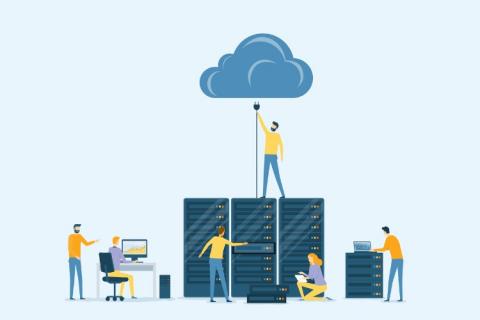10 Key strategies for Enhanced Cloud Cost Visibility and Control
As your cloud usage increases, so will the complexity and length of your cloud invoice. It is crucial for organizations to possess the skill of deciphering such invoices, extracting essential data, and making informed decisions to maximize the business value derived from cloud.









